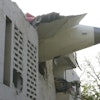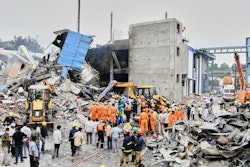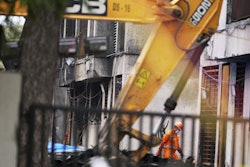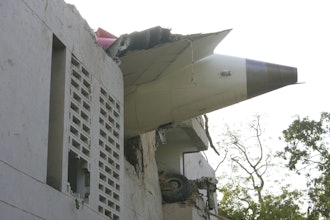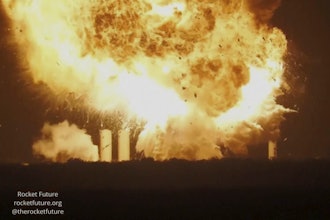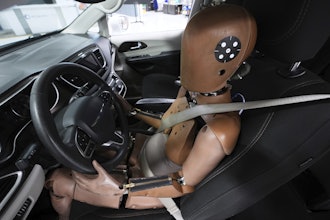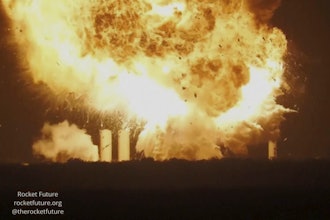
Electricity is the backbone of industrial facilities, but it can be easy to overlook the several serious hazards it can pose to property and human life. However, given the number of accidents and deaths caused because of electrical hazards, including explosions, fires, electrocution burns and electric shock, it's important to review some of the basic dynamics of plant electrical safety.
The majority of electrical hazards or accidents are caused by a combination of:
- Unsafe equipment and/or erroneous installation.
- A workplace environment that is embedded with risk.
- The absence of stringent work practices and electrical safety protocol.
The most common worker incidents range in severity, but generally fall into the following categories. Understanding how to prevent and react to such accidents will not only allow facilities to take better care of their workers, but minimize the costs and downtime related to them.
- Injuries from direct contact with electric current that produce electric shock or internal burns.
- Injuries without current passing through the body. This can include direct burns caused by spattered molten metal or electric arcs capable of producing radiation burns and eye injuries.
- Physical injuries from failed electrical controls in lifting equipment like cranes.
- Improper Lock-Out-Tag-Out safeguards that allow for improper starting and stopping of machinery.
- Injuries resulting from the ignition of flammable vapors, gases, liquids and solids.
Perhaps the simplest, yet most easily overlooked way to combat these injuries is the use of properly sized and easily accessible personal protective equipment (PPE). It is the responsibility of employers to assess and determine the type of PPE needed for various body parts and required for safeguarding employees from electrical hazards.
Employees must be trained beforehand so that they understand and use it properly. They should also know when is it necessary, what type to use in different situations, how to wear it, how to operate it, what its limitations are, and any related maintenance instructions.
The PPE used most widely across industrial facilities includes protective equipment for the head, foot and leg, eye and face, ear, arm and hand, torso and respiratory system. The material used for manufacturing this equipment should be rated to protect the wearer from electric shock, impacts, currents, blows, burns and several other types of injuries.
For instance, head caps or helmets are categorized into three classes for industrial purposes. Class A comprises general service helmets which offer protection against limited voltage; class B includes utility service helmets which offer protection against high voltage; and class C comprises special service helmets which offer protection against no voltage.
Due to increasing awareness, there are also multiple protection devices available for industrial facilities. Circuit breakers, fuses and ground-fault circuit interrupters are the three most basic, and therefore most popular circuit protection devices used in preventing electrical hazards. Most of this equipment is designed to automatically limit or entirely shut off the flow of electricity in case of an overload, a ground fault or short circuit in the wiring system.
Jeson Pitt works as a Sales Representative for D&F Liquidators, a leading supplier of electrical products.


